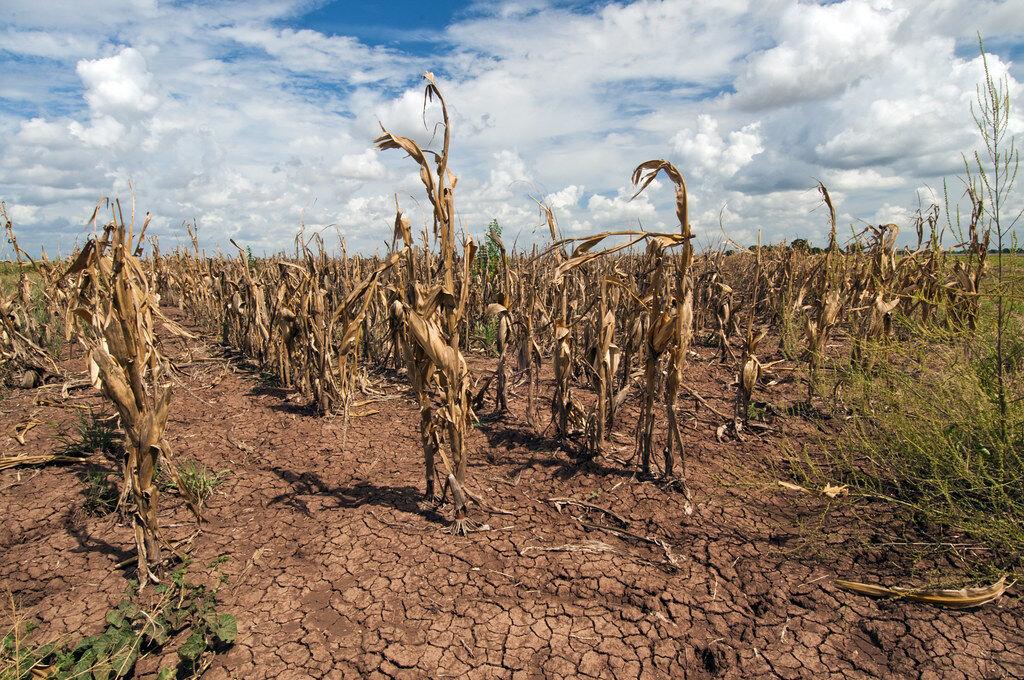With perpetual windy and dry conditions, droughts across Texas have been the norm for decades, and the state has suffered from some of the driest periods of time ever between August 2021 and January 2022.
The Brazos Valley, though previously suffering from a drought, is now in better conditions due to heavy rains over the last few weeks. Despite monitoring drought conditions with radar data, a drought’s negative effects can only be prepared for, not mitigated.
A common result of droughts is an increase in the risk of wildfires, Texas A&M Forest Service Public Information Officer Erin O’Connor said. The dry and windy conditions often ignite flames that quickly catch on dry timber and race across forests, and the cold fronts that periodically move through Texas often lead to wildfires around the state. O’Connor said in the days leading up to and after the last cold front, the Forest Service had responded to 11 wildfires and counting.
“Water sources are depleted. Wood and kindling are bone-dry,” O’Connor said. “We have offices across the state, so it is easier to respond to calls for wildfire mitigation.”
The Forest Service often dealt with more than forest fire control. It also provided assistance for other harmful effects of natural disasters. Covering 787 acres of land across Texas. O’Connor said they respond wherever they are requested.
“We engage in hazard response, assisting the [Texas Department of Transportation] in clearing roadways as well as hurricane, flood and tornado response,” O’Connor said. “Wildfire prevention and mitigation is also a crucial cause to us.”
The 2011 Texas drought set a record as one of the driest in Texas history, which resulted in $7.5 billion of agricultural losses, Texas state climatologist and Regents Professor of atmospheric sciences John Nielsen-Gammon, Ph.D., said. Evidently, central Texas, from College Station to San Antonio, and the Lower Rio Grande Valley have fared better than other regions in regard to current drought conditions, Nielsen-Gammon said.
“West and northeast Texas have been incredibly dry,” Nielsen-Gammon said, “With west Texas not having seen an inch of precipitation in the past year.”
Nielsen-Gammon said droughts gradually get worse and often improve suddenly with heavy bouts of rain. Beyond an increase in wildfires, he said animal welfare and agriculture could also be in danger due to worsening droughts. With water being a necessity for most crops to grow and thrive and said crops being food for cattle and other wild herbivores, a decrease in crop harvests can lead to a thinning of herbivore populations. In turn, this can lead to a decrease in other populations as they struggle to find prey. The state of Texas is home to more farms than most U.S. states and feels the effects of water shortages on various crops keenly, according to the Texas Department of Agriculture.
“Right now, the drought is affecting the crop of winter wheat,” Nielsen-Gammon said. “This is causing a shortage of winter forage for cattle.”
Texas Division of Emergency Management meteorologist John Honoré detailed statistical data regarding the drought and the effect on the energy industry in the state of Texas. Honoré said approximately 81% of the state of Texas was classified as being in some level of drought and 150 counties were declared drought regions by the governor. Beyond the effects to the oil and gas industry due to a widespread lack of water, steam was also not readily available.
“Roughly 25% of droughts [in] Texas are considered severe,” Honoré said. “Primarily, it affects the energy industry due to the lack of steam needed to power operations.”
Though droughts are a natural disaster that cannot be entirely avoided in a state with dry weather conditions like Texas, Honoré said that individuals could be mindful of their personal water usage and attempt to limit it.
“Water conservation is incredibly important,” Honoré said. “On a personal level, you can help reduce the effects [of a drought].”
To view an updated drought map by the Office of the Texas State Climatologist, visit https://climatexas.tamu.edu/drought/maps/index.html.
Editor’s Note: A previous version of this article incorrectly stated John Honoré is a meteorologist for the Texas Department of Energy Management. The article has since been updated to reflect that Honoré works for the Texas Division of Emergency Management. The Battalion regrets this error.









